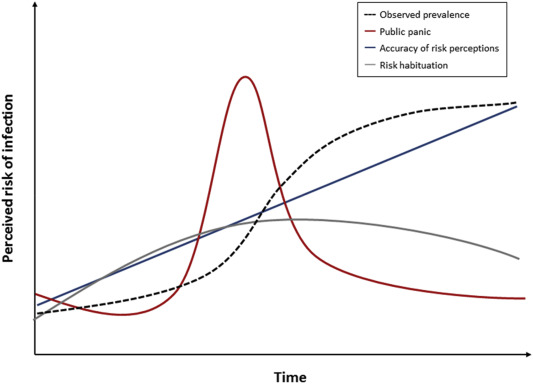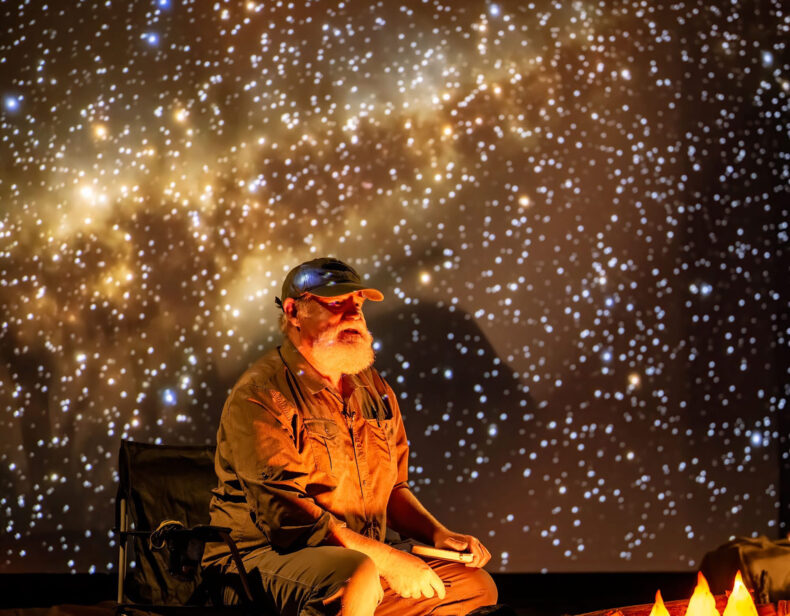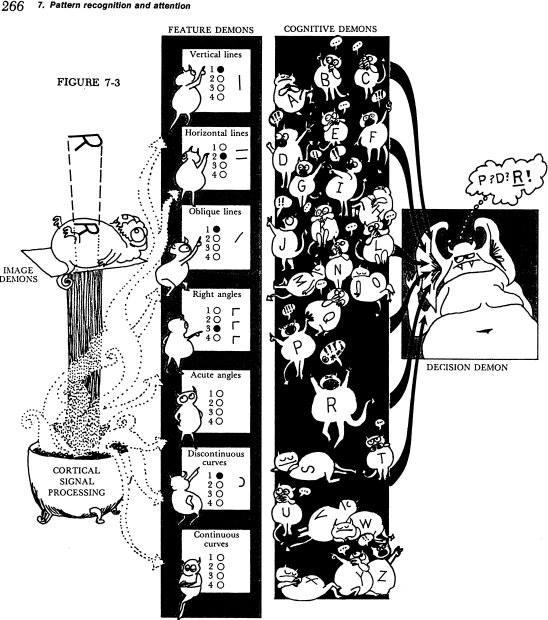Over the last few years, low-level red light (LLRL) therapy has become popular to control myopia, or nearsightedness, especially in children. In LLRL therapy, children are instructed to look into a red light-emitting instrument for three minutes, twice a day, five days a week, for the duration of the treatment period,…
Science
-
-
Mystery of ‘very odd’ elasmosaur finally solved: fiercely predatory marine reptile is new species
A group of fossils of elasmosaurs — some of the most famous in North America — have just been formally identified as belonging to a “very odd” new genus of the sea monster, unlike any previously known. Long-necked and measuring in at 12 metres, Traskasaura sandrae — as it is…
-
Do we suffer ‘behavioural fatigue’ for pandemic prevention measures? – Mind Hacks
The Guardian recently published an article saying “People won’t get ‘tired’ of social distancing – and it’s unscientific to suggest otherwise”. “Behavioural fatigue” the piece said, “has no basis in science”. ‘Behavioural fatigue’ became a hot topic because it was part of the UK Government’s justification for delaying the introduction…
-
Can a better ID system for authors, reviewers and editors reduce fraud? STM thinks so – Retraction Watch
Unverifiable researchers are a harbinger of paper mill activity. While journals have clues to identifying fake personas — lack of professional affiliation, no profile on ORCID or strings of random numbers in email addresses, to name a few — there isn’t a standard template for doing so. The International Association…
-
Crowdsourced Geospatial Data Will Mean A ‘Seismic Shift’
Astronomy has long been dominated by expert amateurs but with geospatial data everywhere, thanks to widely available internet and smartphones, it is not just that directions that were once only available in a paper map are now updated on your phone in real time to account for traffic. It is changing…
-
The Last Word On Nothing
This coming Monday is the new moon, which means by tonight we are in the soup. There’s nothing to block the stars but us…and clouds. Every month has its dark nadir and we’re pretty much there, stars as bright and numerous as they’ll ever be. That’s the thing about a…
-
New ketamine study promises extended relief for depression
Roughly 10 percent of the U.S. population is afflicted with major depressive disorder at any given time, and up to 20 percent will exhibit MDD symptoms over their lifetimes. Yet despite its prevalence, methods to treat MDD often fall short for a not-insignificant portion of the population. Antidepressants — the…
-
Pandemonium’s friendly demons – Mind Hacks
Oliver Selfridge was an early pioneer of artificial intelligence, and in 1959 wrote a classic paper outlining a system by which simple units, each carrying out a specialised function, could be connected together to perform complex, cognitive tasks. This ‘pandemonium architecture‘ inspired research in neural networks, which in turn led…
-
Correction finally issued seven years after authors promise fix ‘as soon as possible’ – Retraction Watch
A journal has finally issued a correction following a seven-year-old exchange on PubPeer in which the authors promised to fix issues “as soon as possible.” But after following up with the authors and the journal, it’s still not clear where the delay occurred. Neuron published the paper, “Common DISC1 Polymorphisms…
-
Curiosity Found New Carbon Molecules On Mars. What Does It Mean For Alien Life?
Nasa’s Curiosity Mars rover has detected the largest organic (carbon-containing) molecules ever found on the red planet. The discovery is one of the most significant findings in the search for evidence of past life on Mars. This is because, on Earth at least, relatively complex, long-chain carbon molecules are involved…








